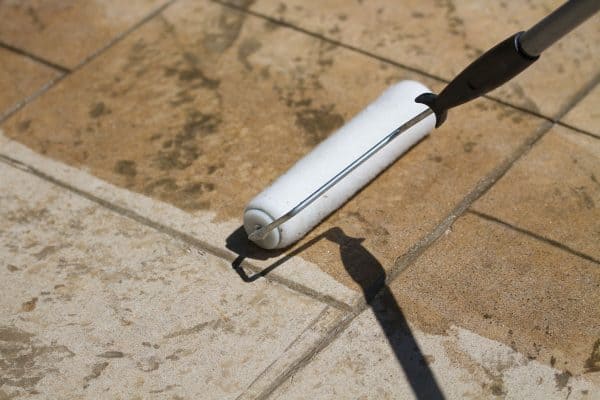Disclosure: We may get commissions for purchases made through links in this post.
Travertine pavers are a popular flooring option. It's one of the most durable stone pavers on the market, and its rough-haired texture adds depth and appeal to your home. But can you grout travertine pavers? We found the answer to your query!
Some people choose not to grout travertine pavers to achieve the most natural look possible. However, when the spaces collect dirt and become difficult to clean, this becomes an issue. With that, grouting travertine is generally highly suggested since it fills in the holes.
Your flooring will benefit from the dramatic appearance of travertine. To learn and understand more about grouting travertine pavers, read on!

How to Grout Travertine Pavers
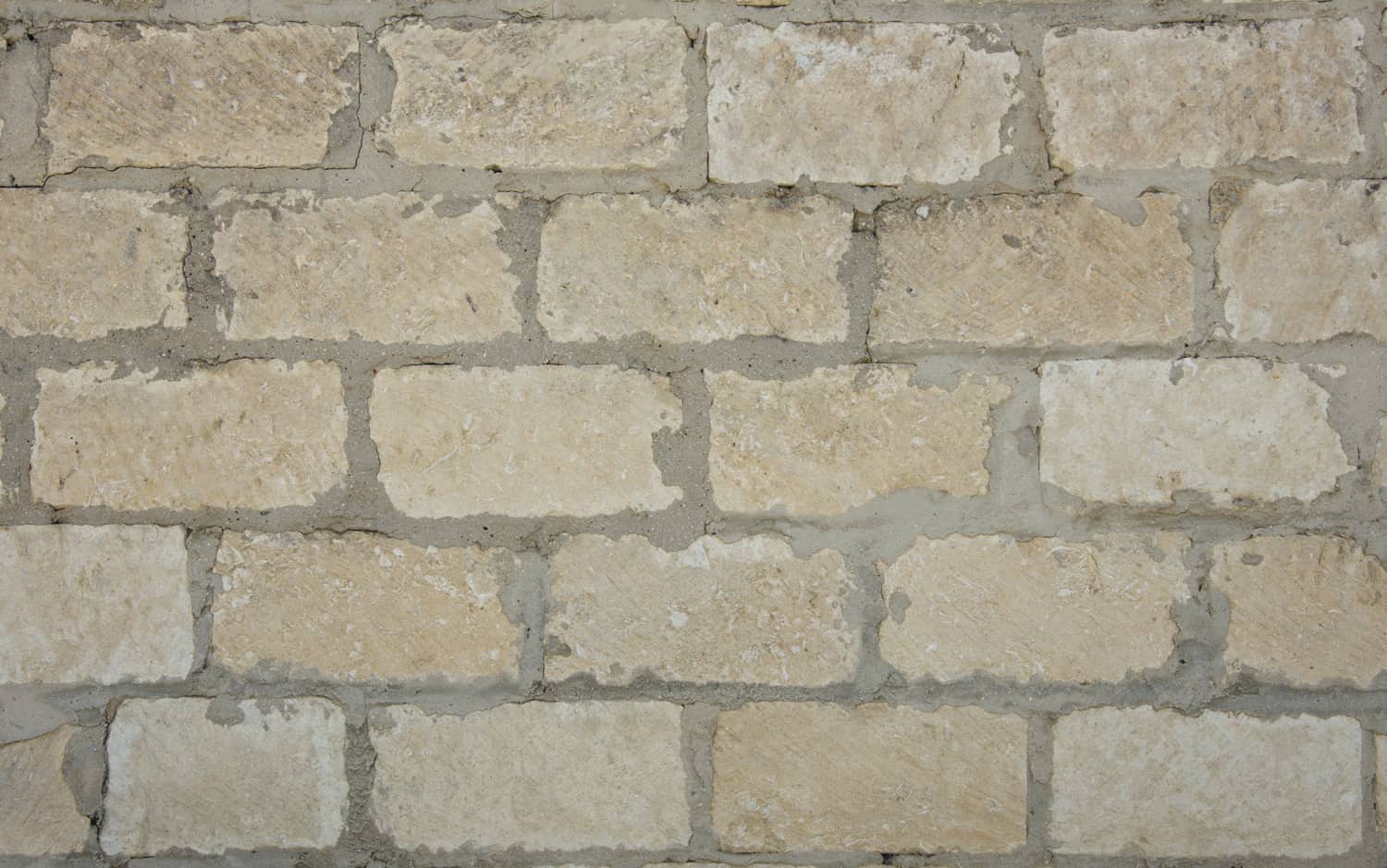
Using a grout float, pour the grout all over the pavers to fill the holes and joints. You may wipe away extra grout before it dries. Then, using a moist sponge, clean the area. Between wiping, rinse the sponge.
Below is a more detailed guide on how to grout your travertine pavers. Make sure to follow each step carefully:
- Fill the pail with water and scrub the travertine pavers with a sponge. To clean the travertine, dampen the sponge and drag it over the surface. Allow at least 24 hours for the travertine pavers to dry before grouting and sealing.
- Apply a coat of natural stone sealant to the travertine's surface.
- Use a pre-mixed matching grout or make the grout.
- Pour the grout through all the joints in between travertine pavers with the grout float. Make sure the grout is applied to the entire paver, including the holes and seams.
- Allow at least 15 to 20 minutes for the grout to set in the joints before cleaning.
- With the use of a sponge and a bucket of water, thoroughly clean the travertine location. You should then replace the collected water with new water.
- Allow at least 24 hours for the coat to cure before applying the final layer of sealer.
Benefits of Grouting Travertine Pavers
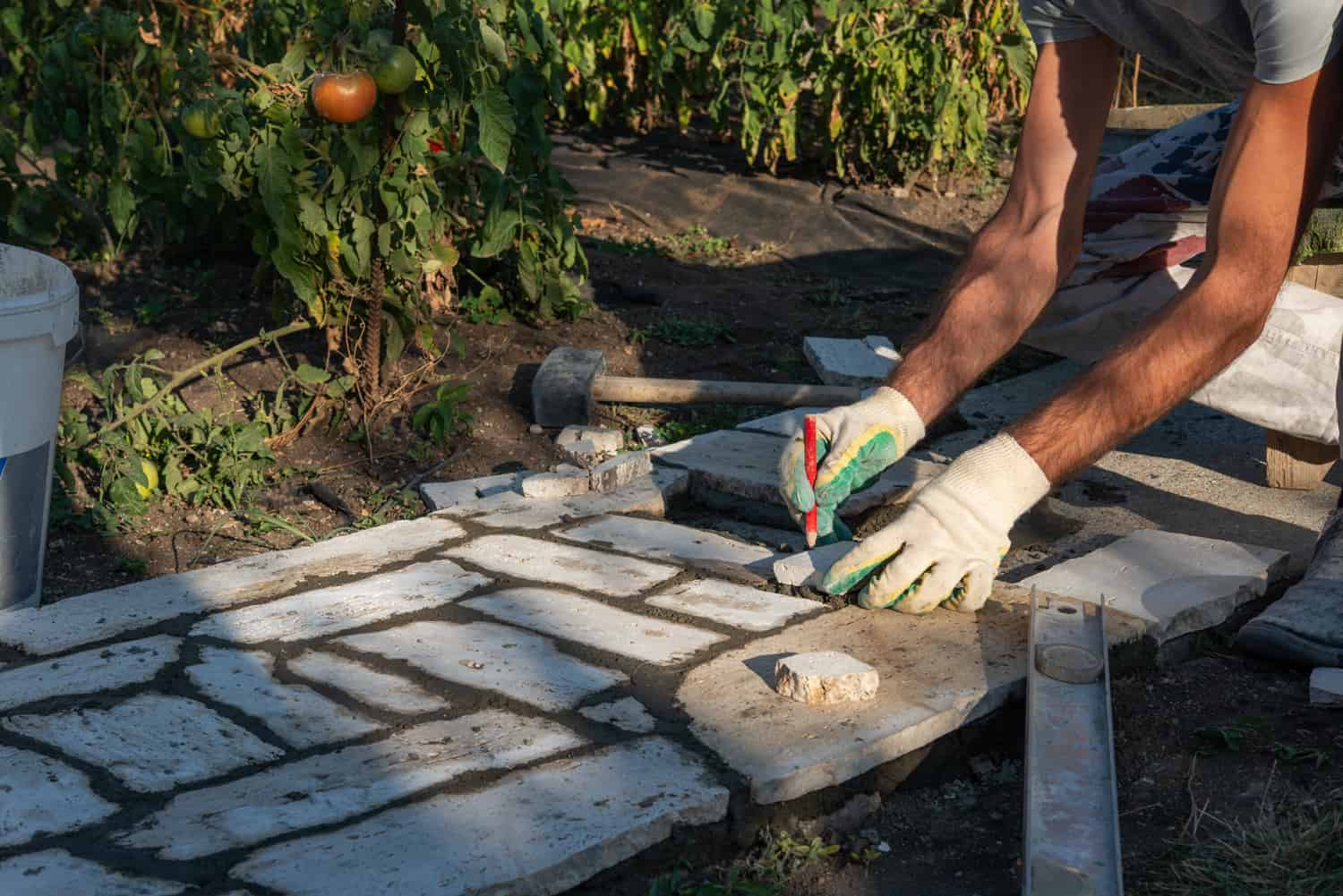
- Aids in the prevention of structural damage
- Helps achieve a neat look
- Assists in the stabilization of the stones
Types of Grouts
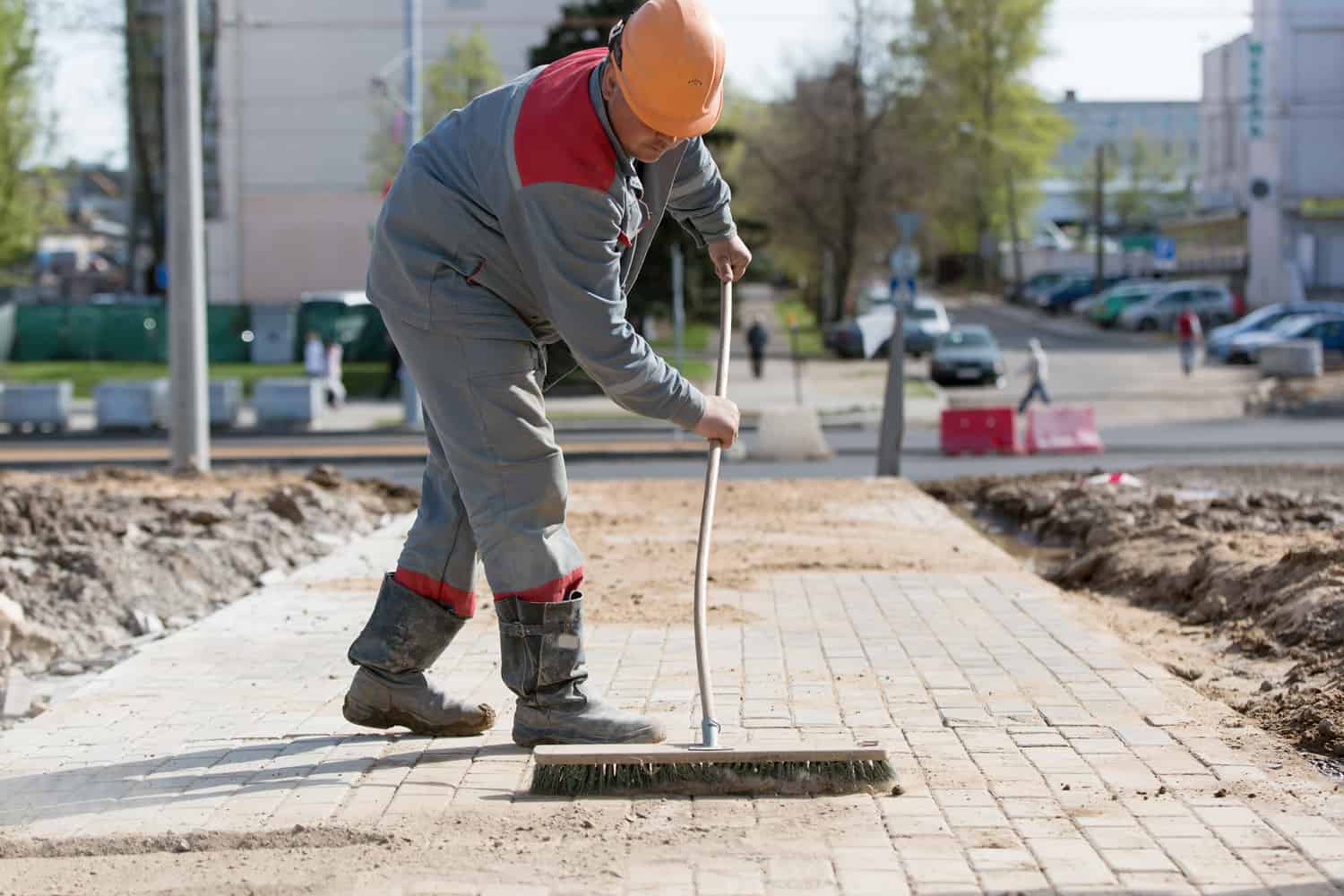
Grout comes in two main varieties. To know more about these grouting materials, the next section goes over each of these types.
Sanded Grout
Massive sand particles are present in sanded grout. Sanded grout is usually preferred when the grout seams are 1/8 inches deep or more expansive.
When using sanded grouts on highly polished pavers, you must exercise caution. Because sand will scratch the surfaces, measuring the grout on a sample paver is a great idea.
In addition, you can set high-density first-grade travertine pavers on a sand base for high-traffic areas. However, it would help if you avoided hair cracks in natural stone pavers at all costs. Maintaining the required paver thickness greatly reduces the likelihood of cracking.
It is ideal for installing the pavers on a sand-cement bed rather than a river sand bed if you're willing to spend a little more. This will also make grouting the joints between the stones easier.
Unsanded Grout
Grout that has not been sanded has a considerably more appealing appearance. They're used for grout seams that are between 1/16 to 1/8 inches deep. Non-sanded grooves seem to break when used for bigger seams because they lack the binding force of sanded grouts.
Sealing Travertine Before Grouting
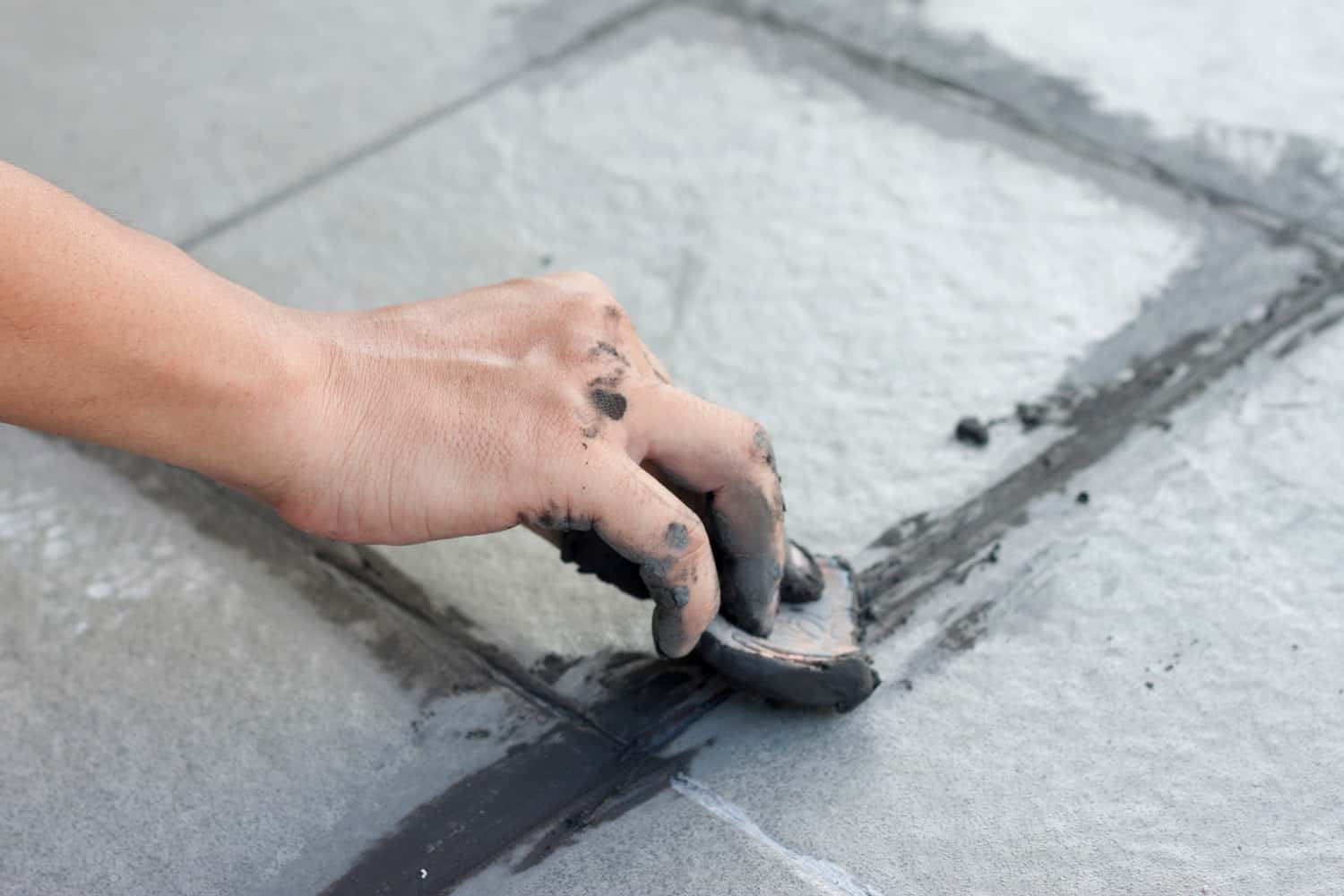
Travertine pavers are made of natural stone. These pavers are highly absorbent and may quickly stain. Sealing the travertine pavers before grouting will protect the finish. However, depending on the color of the pavers, it may not always be apparent.
Using a sealer or booster also helps the grout loosen. This makes cleaning the grout a lot easier. You can touch up the grout a day later after it has been applied.
It's crucial to remember that a stain on your travertine paver will last a lifetime if it's sealed without cleaning. To prevent this, you should clean travertine pavers with specialized stone cleaners before sealing them.
Selecting the Appropriate Sealer
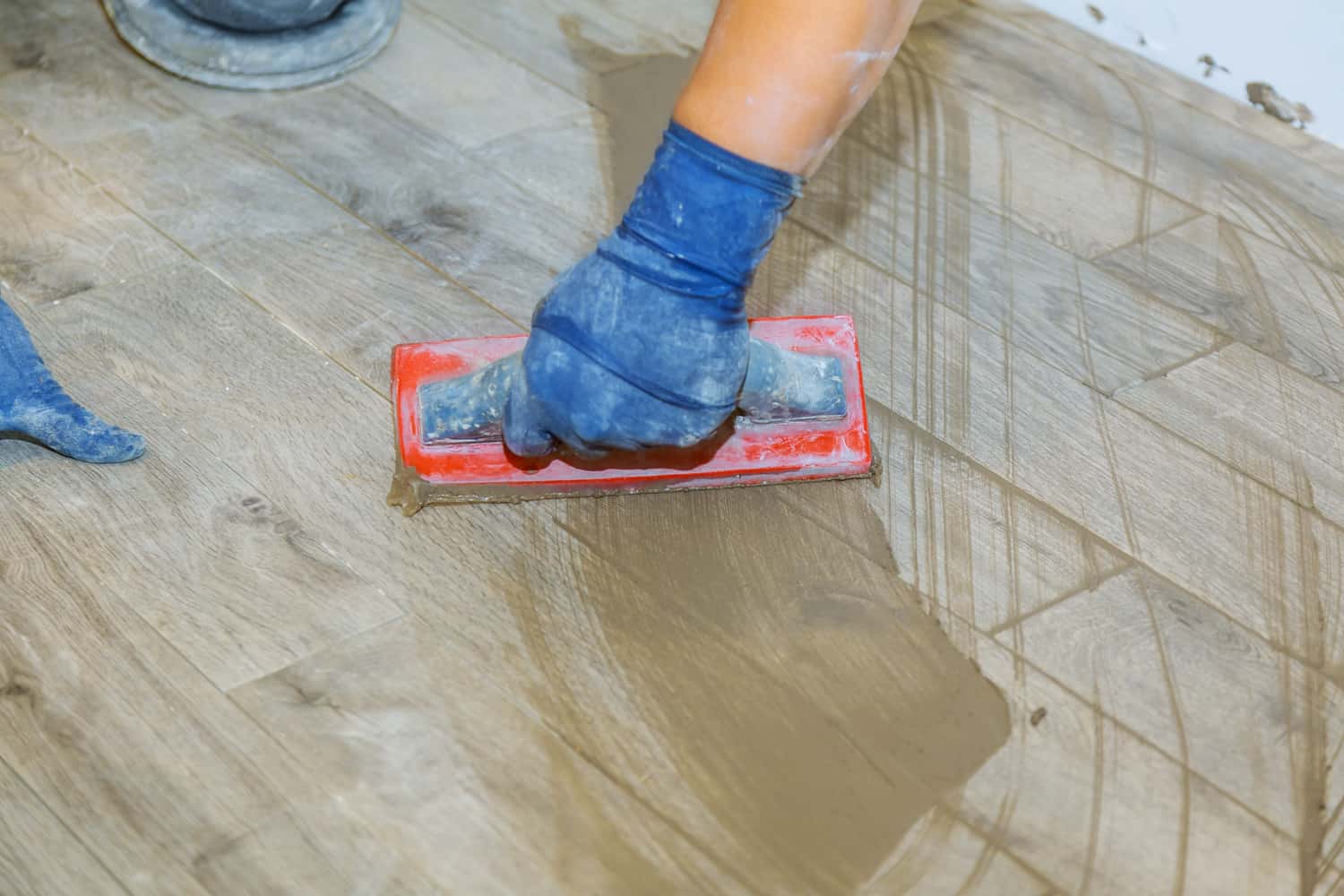
There are three types of sealers available on the market. For your convenience, we've listed their features and applications.
Surface Sealer
These types of sealers are ideal for textured surfaces as it gives them a lustrous sheen. Plus, using a water-based sealant leaves behind a residue that prevents stains on your pavers.
Penetrating Sealer
If you want a smooth or matte surface on your stones, you should use a penetrating sealer. This sort of sealer helps prevent stains from spills. You can also use it for interior and exterior projects.
See this penetrating sealer on Amazon.
Decorative Sealer
Decorative sealers give your pavers the polish they need. There are two types of ornamental sealers to choose from. These sealers can modify the texture of your pavers in the same way as lightening grout can.
For a more dramatic effect, use multiple sealers on your travertine pavers. However, be careful to use the proper sealer. Because, unlike unsealed grout which can be washed, travertine cannot be cleaned.
Steps in Sealing Travertine Pavers
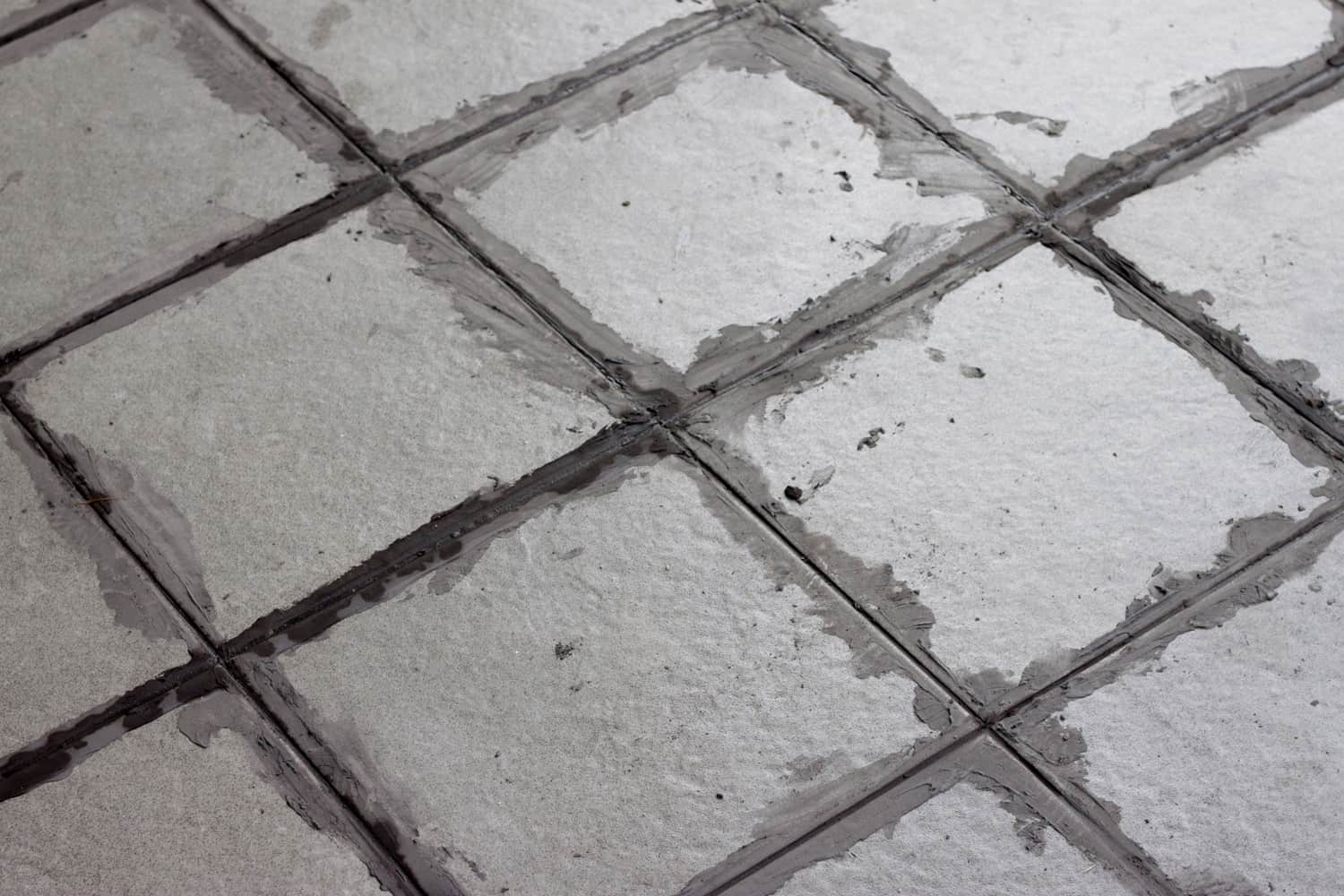
When it comes to sealing your travertine pavers, use the instructions below as your guide.
Remove the Wax Coating
The majority of travertine pavers have a wax coating on the surface to protect it. You can try scraping it off after removing it with hot water. However, doing this might take a little longer.
An alternative method is to use a hot iron and sawdust to remove the wax coating. Begin by covering the wax with a thin layer of sawdust. After that, place the hot iron on top of the sawdust.
After a while, you'll notice the wax evaporating and being absorbed by the sawdust. As a result, you won't have to do any extra cleaning.
Clean the Travertine Paver
Begin by washing the stones using a natural stone cleaner. Wait for the travertine to dry before proceeding. It's important to remember that all of these cleaning chemicals should have a pH-neutral balance.
See this pH-neutral stone cleaner on Amazon.
Always check the label to see if the cleaning product is suitable for your travertine pavers.
Spray Water on the Pavers
You'll need to soak the travertine pavers with water after the cleaner has dried. This method will require the use of a plastic sprayer. Fill the sprayer halfway with water and spray the pavers thoroughly. Wait for the water to dry after that.
See these plastic sprayers on Amazon.
Applying the Sealer
Fill the sealer bottle sprayer with the sealant once more. Then apply water to the surface. Make sure to cover the entire paver surface with it.
Allow an hour or two for it to totally dry. Wipe the entire paver with the lint-free towel after that.
Remove the Excess Sealer
Add a second coat of sealer in this stage. Then, wipe the paver with a lint-free towel once more.
That's all you need to do to seal your travertine pavers! Be sure to follow the instructions carefully.
Also, a helpful tip to remember is not to use too much sealer. It's critical to strike a balance between the correct amount of sealant and the amount of time it takes to dry.
Frequently Asked Questions
Check out these frequently asked questions concerning travertine pavers. Our answers will help you learn more about this natural stone and provide you with the necessary information to determine whether it is the best option for your needs.
Are travertine pavers slippery when wet?
Travertine absorbs water since it is porous and does not have a sealer. So, the paver becomes slippery when water collects on top of it. When it comes to color, travertine pavers have a lengthy life expectancy, which means they won't fade.
What are the holes in travertine called?
The surface holes are filled and polished to a precise finish once the raw travertine is cut into tiles or pavers. Despite this, holes persist beneath the surface. The composition of these holes, known as vughs, is often different from the travertine itself. Travertine is primarily calcium carbonate.
Why does travertine tile get holes in it?
Because travertine is a freshwater sedimentary stone with natural water running through it, it naturally has open holes. The holes in the stone are usually filled with specific materials during the manufacturing process. Filled travertine is the name for this type of travertine.
Conclusion
Sand and cement, as well as other components, make up the grout. Grout must be used in a certain way for each project, so choose the type of grout wisely. Overall, grouting makes cleaning and maintenance easy.
For more paver-related information, check out these articles below.




![Vibrant Red Paver Stone Path, Can You Spray Paver Sealer? [How To Apply It]](https://pavingplatform.com/wp-content/uploads/2022/04/Vibrant-Red-Paver-Stone-Path-600x400.jpg)
![Properly laid out red pavers for a garden, Can You Tint Paver Sealer? [And How To]](https://pavingplatform.com/wp-content/uploads/2022/04/Properly-laid-out-red-pavers-for-a-garden-600x400.jpg)
